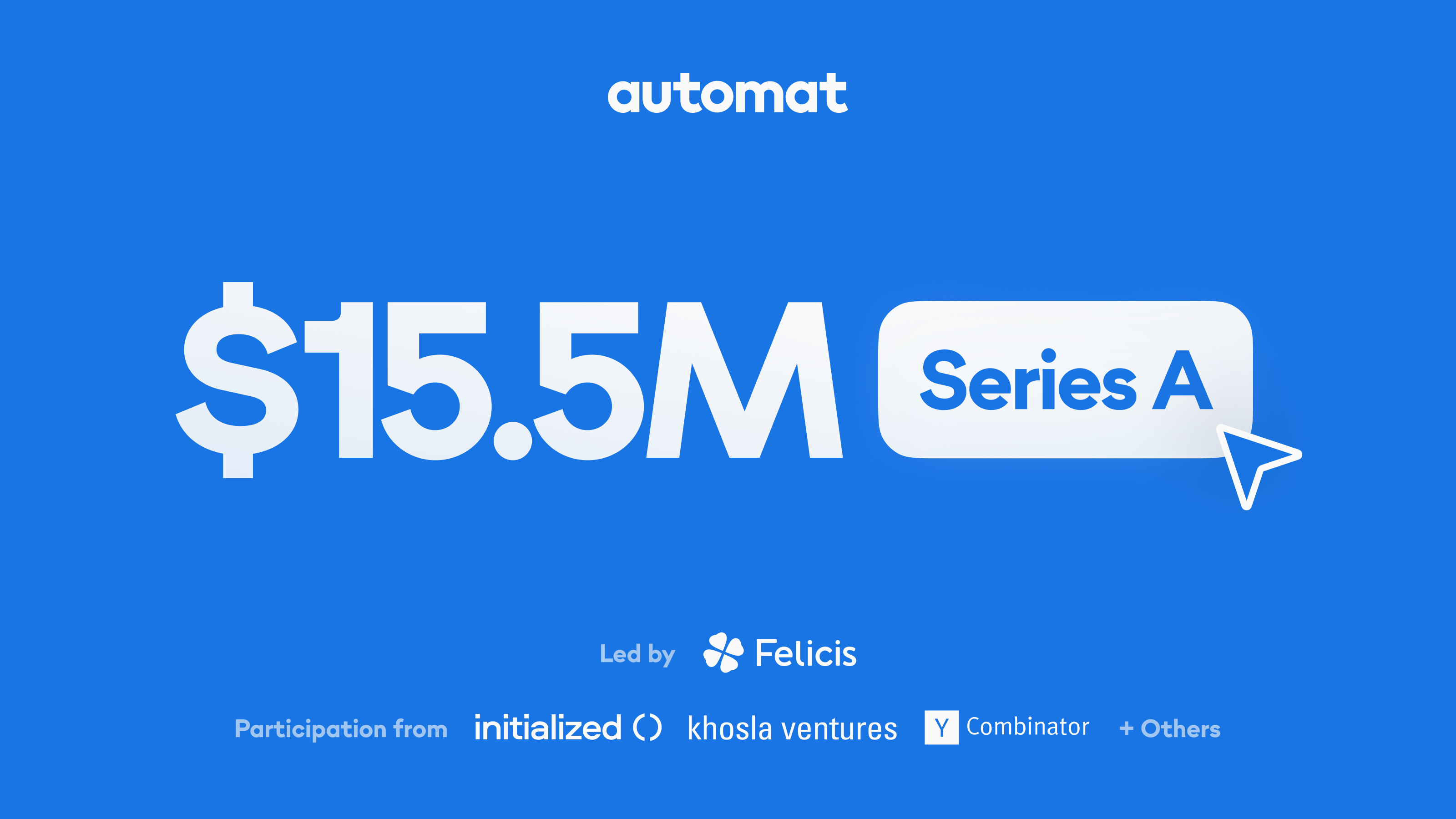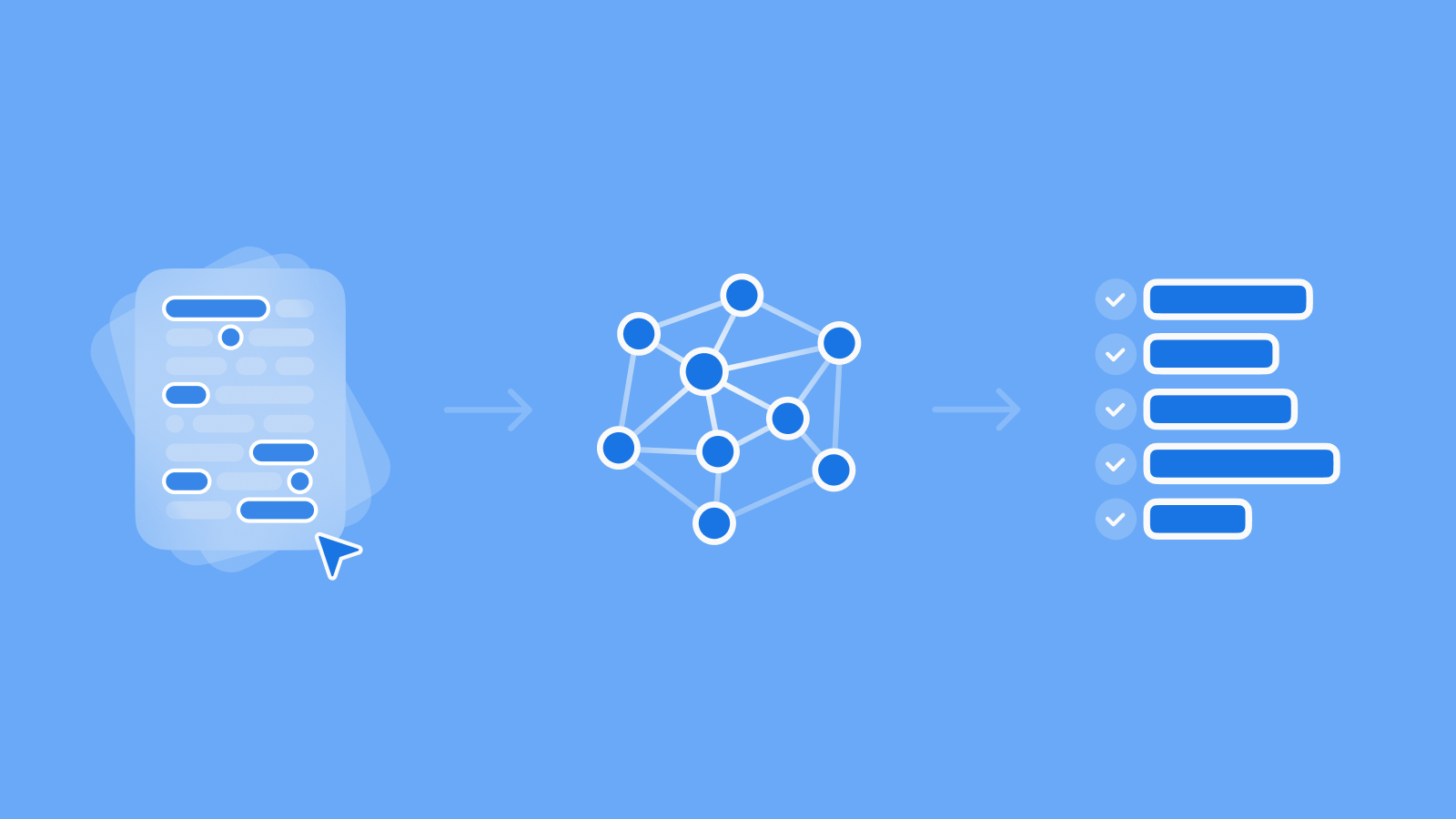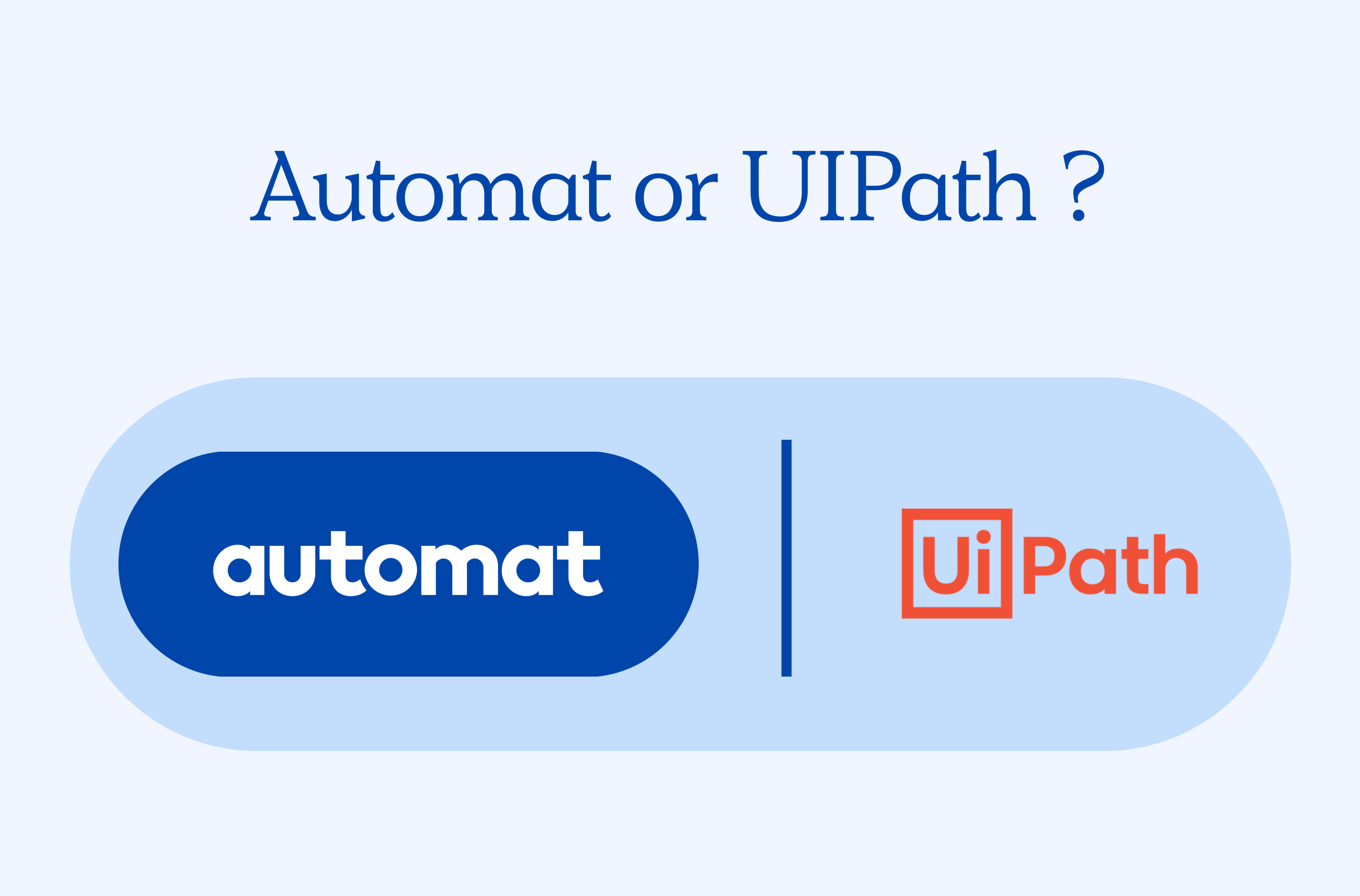Automat Saves Top Bank 7 Figures in Mortgage Application Review Process
Using AI document extraction and RPA the bank is able to achieve 7 Figures of savings

Gautam Bose
6.1.2024
Share:

Banking Automations: Saving Seven Figures with RPA and AI Document Processing
In today’s competitive financial landscape, banks and lenders are constantly seeking ways to improve efficiency, reduce costs, and deliver faster, more accurate service. One of the most complex and resource-intensive processes they face is the mortgage application review — a workflow that involves large volumes of data, document handling, and human decision-making.
At Automat, we help financial institutions streamline these types of high-volume, document-heavy processes using Robotic Process Automation (RPA) and AI document processing — technologies that can dramatically reduce manual effort, errors, and turnaround time.
The Mortgage Application Review Process: A Closer Look
A typical mortgage review process involves several steps:
- Initial Application: Applicants submit detailed personal, financial, and employment information.
- Document Submission: Lenders receive supporting documents such as pay stubs, bank statements, and tax returns — often resulting in large volumes of paperwork.
- Credit Check: The applicant’s credit score and history are reviewed.
- Loan Underwriting: Underwriters verify data, confirm eligibility, and assess risk.
- Appraisal and Approval: The property’s value is assessed, and the final lending decision is made.
Each step requires accuracy, speed, and coordination across teams — making automation an ideal fit for transformation.
The Challenges: Manual Processes and Inefficiencies
Many financial institutions still rely on manual review and data entry, creating bottlenecks and increasing the risk of human error. Underwriting teams often spend countless hours cross-referencing data and managing repetitive administrative tasks, slowing down processing times and frustrating both employees and customers.
Automat’s Solution: Streamlining the Process with RPA and AI
Automat enables banks and lenders to automate critical parts of the mortgage workflow through:
- Automated Data Extraction: AI models extract key data points from submitted documents with high accuracy, minimizing manual entry.
- Smart Document Verification: AI cross-checks data across forms, highlighting inconsistencies or missing information before it reaches the underwriter.
- Automated Task Orchestration: RPA bots handle routine actions like initiating credit checks or triggering appraisals.
- Faster Underwriting: With much of the prep work automated, underwriters can focus on complex decision-making rather than administrative tasks.
The Impact: Significant Savings and Improved Efficiency
When implemented effectively, automation can cut loan processing times dramatically — in some cases by more than 50% — while reducing operational costs by seven figures annually. Fewer manual steps mean fewer errors, faster decisions, and improved customer satisfaction.
Conclusion: A Future of Efficiency and Innovation
Automation is redefining what’s possible in financial services. By using AI and RPA to streamline document-heavy workflows like mortgage processing, banks can reduce costs, accelerate turnaround times, and position themselves for future innovation.
Automat empowers institutions to move beyond legacy systems — helping teams operate faster, smarter, and with greater confidence in every decision.
[button] Get Started [button]




